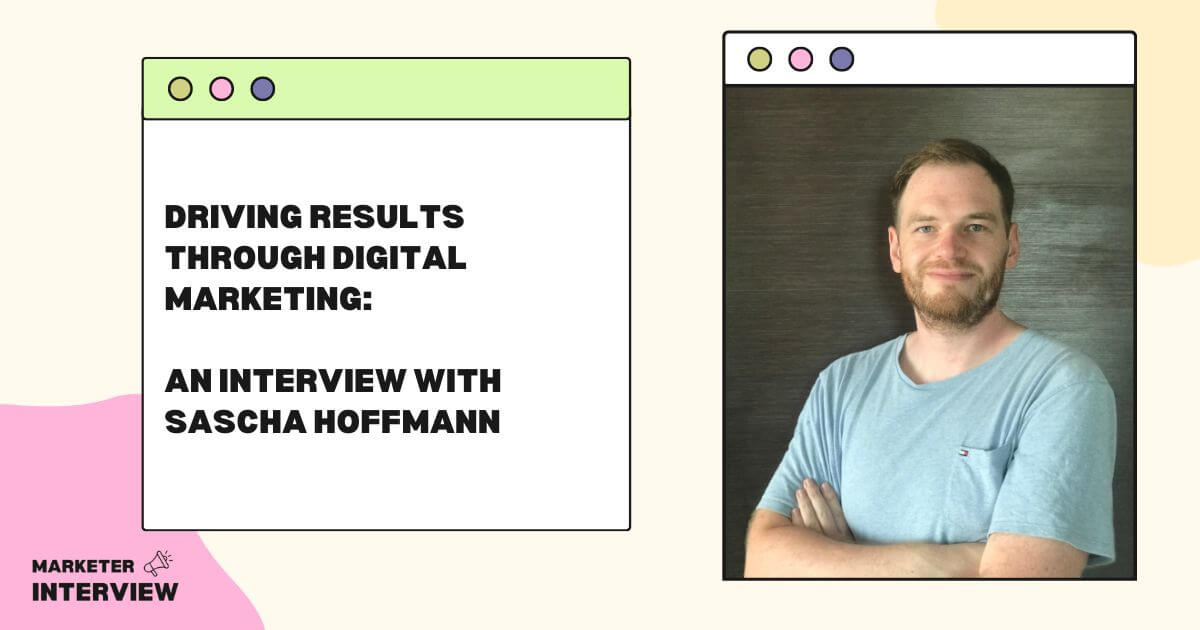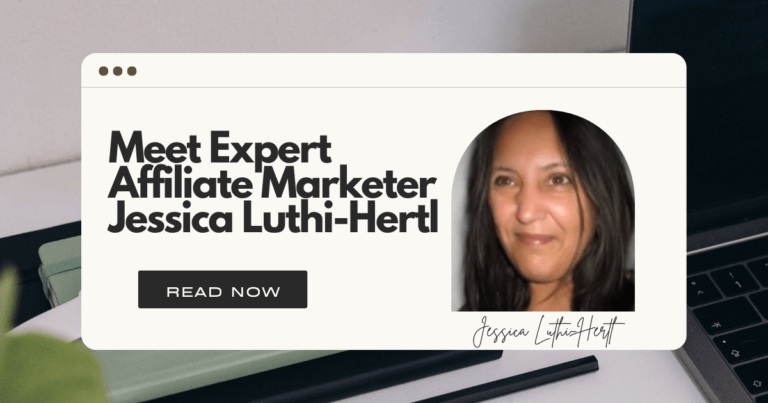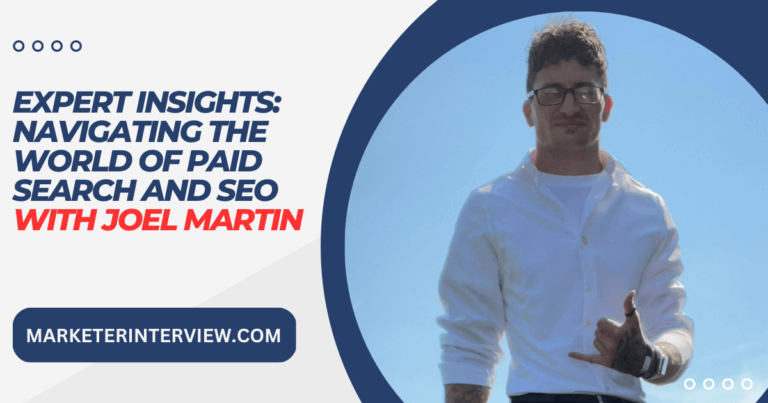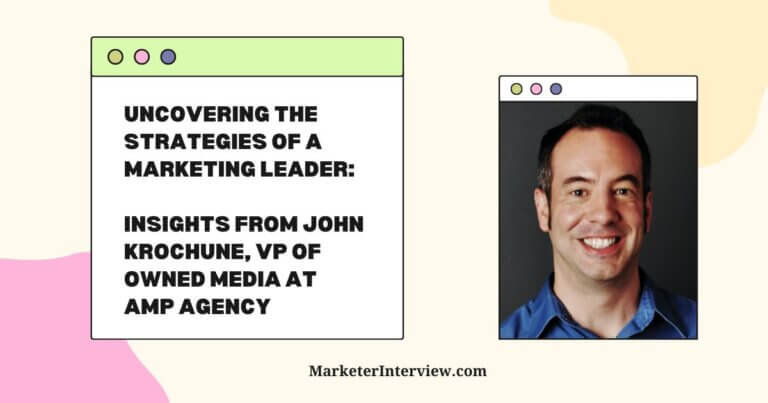Driving Results Through Digital Marketing: An Interview with Sascha Hoffmann
Welcome to Marketer Interview!
Today, we have the pleasure of speaking with Sascha Hoffmann, a Digital Lifecycle Marketing Consultant and the founder of SH Digital Media.
Sascha is an SEO, Google Ads, LinkedIn Ads, and Marketing Automatisation expert. With a wealth of experience working for top companies in Silicon Valley, Sascha has developed a deep understanding of how to drive results through digital marketing.
In this interview, we’ll explore Sascha’s journey into marketing, his expertise in digital marketing, and the tools he uses to achieve success.
Contents
- 1 Can you tell us about your background and how you got into marketing?
- 2 How do you stay on top of the latest trends and developments in the digital marketing industry?
- 3 Can you share a remarkably successful campaign you’ve worked on?
- 4 How do you approach developing a comprehensive digital marketing strategy?
- 5 How do you measure the success of your digital marketing efforts?
- 6 Can you walk us through your process for optimizing a website’s SEO?
- 7 What are some common mistakes companies make with their Google Ads campaigns?
- 8 Can you share any tips for creating effective LinkedIn Ads?
- 9 How do you leverage marketing automation to improve campaign performance?
- 10 What essential tools and software do you use in your work as a Digital Lifecycle Marketing Consultant?
Can you tell us about your background and how you got into marketing?
I started my professional career in Germany in the IT industry. But I figured out real quick that this wasn’t for me. So, after 4 years, I left to get my Master’s degree in International Marketing at Hult International Business School in San Francisco, California.
I was always fascinated by marketing. I quickly discovered that my data-driven approach aligns greatly with marketing disciplines that drive revenue. I naturally found my career path in demand generation.
With a little detour as a Sales Development Representative, where I already applied marketing tactics more than sales techniques, I made my way into a full-time marketing role and eventually led the demand generation for healthcare marketing companies.
I was selling marketing solutions to marketers. This was a great experience. In 2020, I decided to start my own consulting business. I work with North America and Europe clients to help them attract, convert, and win more business.
How do you stay on top of the latest trends and developments in the digital marketing industry?
I’m a marketing nerd. The books I read for fun are all business related. I also watch YouTube videos, especially in blogging and SEO. I also try to network with others.
I’m always hands-on. Therefore, I started multiple websites on the site where I test things and also earn a side income. If you will, I get paid to do my marketing.
My websites are excellent case studies and lead-generation channels that even pay for themselves. My favorite book Killing Marketing, by Joe Pulizzi and Robert Rose, manifested this concept.
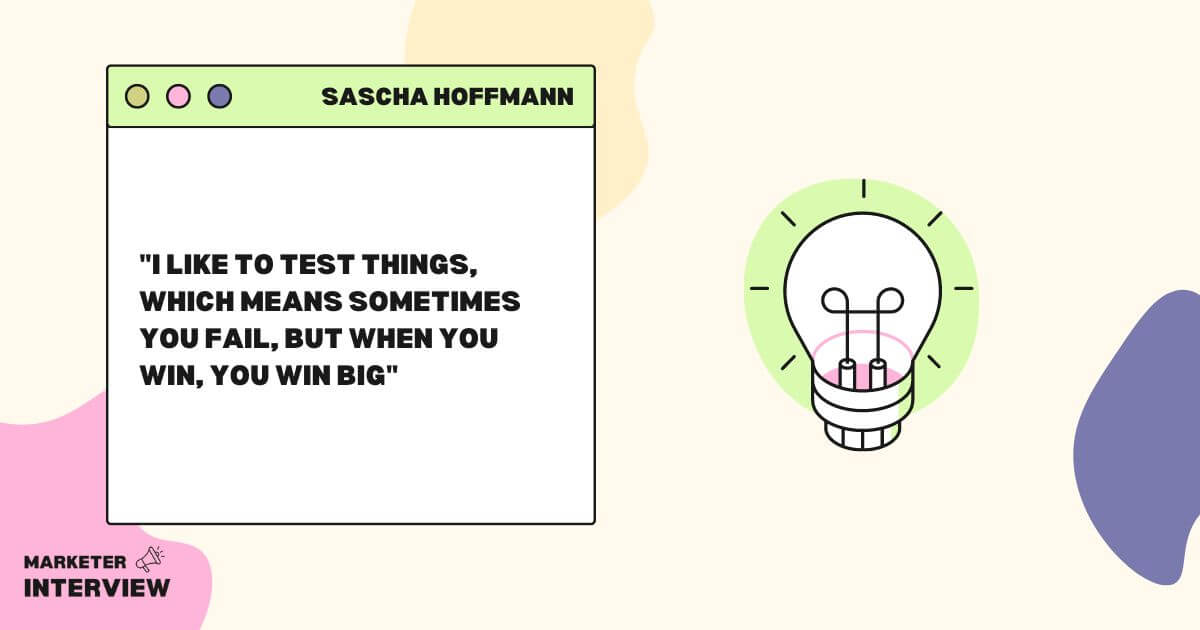
There are a couple that come to mind. First, I like to test things, which means sometimes you fail, but when you win, you win big.
One of my clients ignored their Google Ads campaigns. I didn’t work magic but just the basics: Optimized keywords, landing pages and better organized the ads. Those led to a 40% decrease in the cost per lead (CPL).
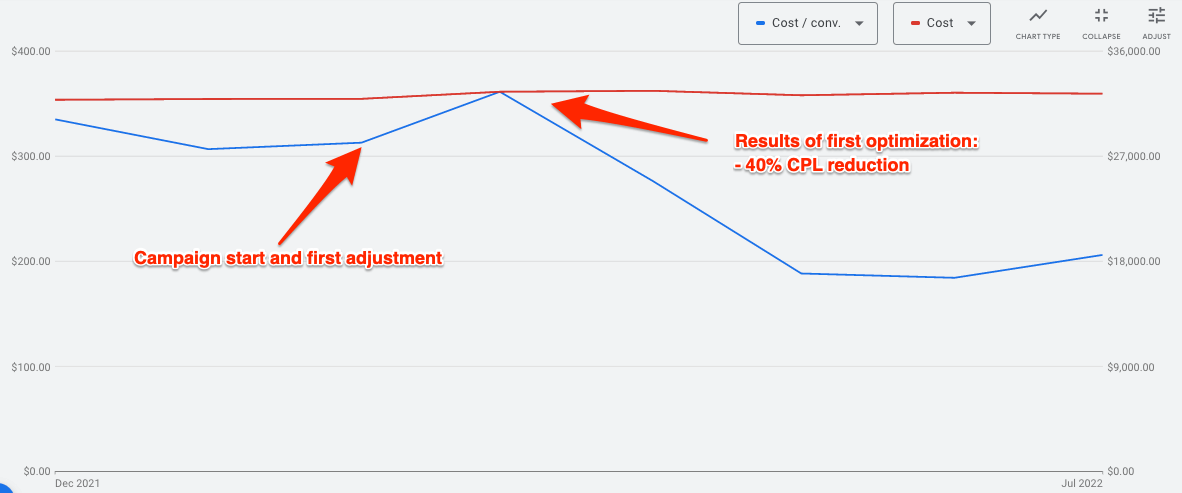
Another client in the financial world sells a niche product. Again, we narrowed the campaign and significantly increased the number of opportunities with the same ad spend.
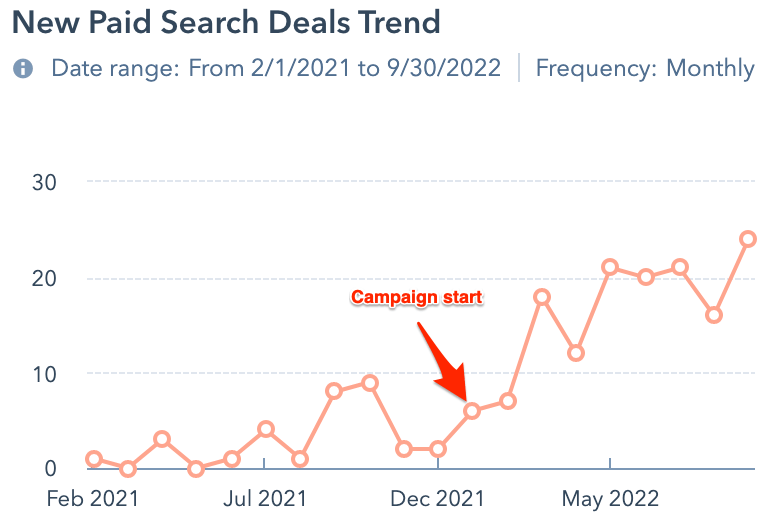
How do you approach developing a comprehensive digital marketing strategy?
It starts with an audit: What’s working and what’s not.
The good thing in marketing, you don’t need to reinvent the wheel every time. Instead, just analyze your competitors and apply best practices to get started.
My focus is always to build out a funnel and then optimize each step in that path.
Increasing the conversion rates from 3% to 4% will most likely impact the revenue. After finding a winning formula, we can scale and get more people into the funnel.
How do you measure the success of your digital marketing efforts?
At the beginning of campaigns, it has to be leading KPIs like how many keywords are ranking, email open and click rates, or how many leads are generated, etc.
The longer a campaign goes, the more I move to revenue-oriented lagging KPIs: Pipeline value, average closing time, deal size, won businesses, and customer lifetime value.
I use vanity metrics to optimize on the campaign level to increase the bottom line ultimately.
Can you walk us through your process for optimizing a website’s SEO?
I start with an audit of the website:
How is the website ranking in the search results? How many pages do they have? How many backlinks, and are there technical SEO errors?
I then look at the competitors and build a gap roadmap: how many pages, referring domains, and keywords they have/rank for.
The next step is to conduct a comprehensive on-page SEO audit and keyword research. Then I map keywords to each page and optimize the pages for the primary keywords.
The next step is to fill any content and keyword gaps with new content. The goal is to create a topical map and build topical relevance. With that, I also heavily focus on URL structures and internal linking to make it easy for Google to understand the topical map.
For local businesses, Google Business Profile and other citations are reviewed and optimized, too.
Depending on the website’s backlink profile and competitors, we can do an offline SEO campaign and build backlinks. I usually do this last, but every SEO project is unique, and for some clients, I only do backlinks because that will move the needle the most.
In the end, SEO is to be the best resource for a search query. This works by authority in 2023 through backlinks or, more importantly, topical authority.
If you show Google that you are an expert in the space and have covered the niche throughout, they have no choice but to rank you.
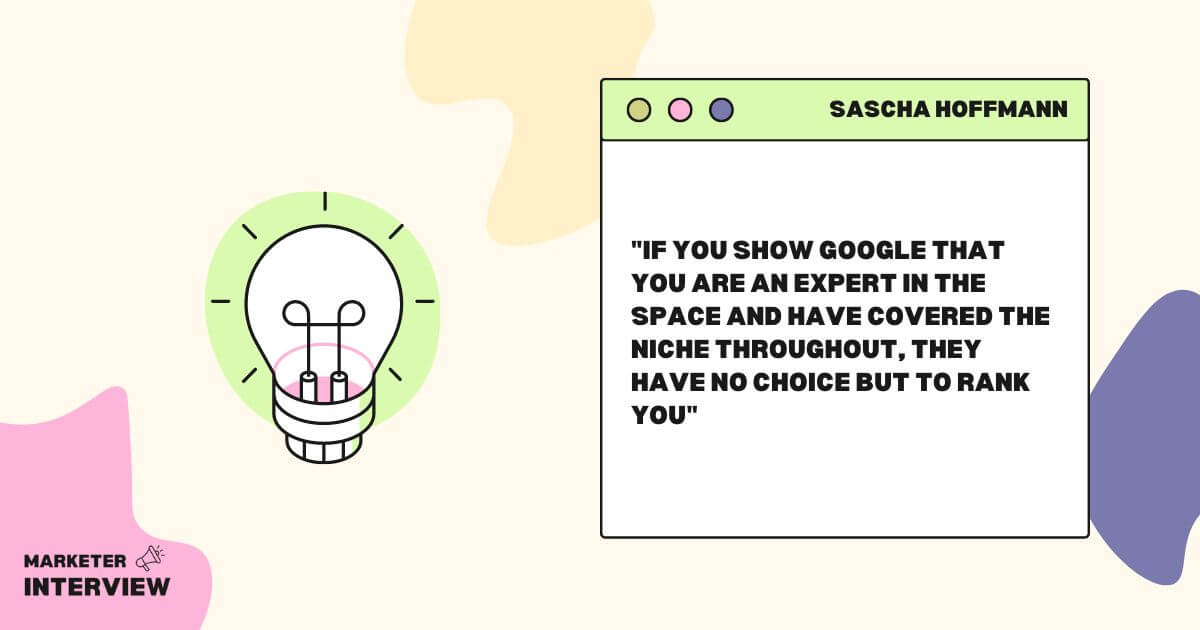
What are some common mistakes companies make with their Google Ads campaigns?
Most Google advertisers get into a chicken-and-egg situation.
They want to test with minimal effort and judge the performance based on that. In most cases, the correct setup is more important than the day-to-day optimization.
What do I mean by that?
The conversion rates are bad if you bid on broad, generic keywords and send traffic to your homepage. Hence, your campaign is not performing, and you stop advertising or investing in the proper setup. Advertisers are fine with wasting ad budgets but not investing in the help that sets them up for success.
In contrast, if you spend a lump sum (or just about the right effort) on the correct setup with dedicated landing pages, proper conversion tracking, and matching the real search intent of the queries, your conversion rates will go up, and that for a long time.
Another mistake is the wrong expectation. The average Return on Ad Spend (ROAS) is 2 to 4 times the spending. Don’t expect 10x your money.
But knowing the numbers also helps. For example, assuming you have a 2x ROAS and would double your conversion rates, your ROAS increases to 4x.
Let’s look at an example to bring this point home:
Assumption: A company closes 30% of inbound leads with an average sales price of $500. The cost per click is $2.
ROAS with 2% CVR | ROAS with 4% CVR | ROAS with 6% CVR | |
|---|---|---|---|
Ad Spend | $1000 | $1000 | $1000 |
Leads | 10 | 20 | 30 |
New customers (30%) | 3 | 6 | 9 |
Revenue ($2k/client) | $1500 | $3000 | $4500 |
ROAS | 150% | 300% | 450% |
Wouldn’t you instead spend even $5000 to increase your CVR from 2% to 4% or even 6% with the correct setup?
In contrast, if 6% is realistic, you are wasting each month 20 potential leads keeping a 2% CVR. A flywheel that could lead to more and better marketing initiatives.
LinkedIn Ad campaigns have even more misconceptions and expectations than Google Ads. Most people think that everybody needs their product or solution when it’s just another offering in the market.
Most marketers – especially those with small budgets – just run sales lead generation campaigns to a cold audience that has never heard of them before.
What I see working best is to implement an entire funnel addressing different stages of the buyer journey:
- Problem unaware
- Problem aware
- Solution aware
- Product aware
- Most aware
LinkedIn is an excellent tool to move people through that journey with sequentially story-telling.
For example, you could create a video ad that addresses a problem and makes people aware of it. Not pitching your solution.
Based on engagement with your ad, you can retarget someone within LinkedIn. For example, if someone watches your video ad for 25%, 50%, 75%, or 97%, you can build an audience and only advertise the next logical step to those people. You could also enrich this audience with your website visitors and retarget them on LinkedIn.
Building full funnel costs you more per lead in the short term but will pay off in the long run. I recommend allocating 60% to awareness, 30% to consideration, and 10% to converting.
It’s also crucial to never leave a lead behind. So when you finally convert someone into a subscriber, nurture the lead with relevant information.
How do you leverage marketing automation to improve campaign performance?
Some basic automation flows include when someone fills out a form to receive the next logical action: The content asset for a content download, a calendar booking feature for sales inquiries, etc.
Adding email nurture streams for marketing leads that aren’t sales-ready is also essential.
Anything that happens regularly or based on a specific action should be automated. Regardless if this is an external event like sending an email or text message or updating data within your CRM.
Simultaneously, it’s essential to keep your team in the know about what’s happening. Whenever it’s helpful, inform them about actions, but don’t interfere with the automation.
If, for example, someone receives a welcome series with relevant content and will be asked for a sales demo at the end, don’t let your sales team “bombard” the not-ready-yet lead.
Marketing automation allows for techniques that don’t make sense one-on-one, but if automated and evergreen, they do. For example, run an automated webinar weekly if you have an evergreen webinar.
What essential tools and software do you use in your work as a Digital Lifecycle Marketing Consultant?
The primary tool I use for SEO and content marketing is SEMRush.
I use SEMRush daily for all my SEO efforts and create content briefs and optimize content. For email automation, I recommend ConvertKit. It’s great to capture leads and segment your list.
To create and optimize landing pages for clients, I prefer Unbounce if they don’t have a clean website that uses easy builder tools like WordPress with Elementor.
For creatives, I use Canva Pro and occasionally Adobe Creative Cloud (Photoshop) for advanced needs.
I use Calendly to avoid emailing back and forth to schedule meetings and increase conversion rates. I’m a big fan of data and often use sales enablement tools to share documentation or project deliveries via DeckLinks. That way, I can follow up with a targeted approach and learn what’s most engaging.
For my clients, I use HubSpot regularly. It’s somehow the most used CRM and automation software. Lastly, Zapier is my friend needing anything that needs to be connected.
